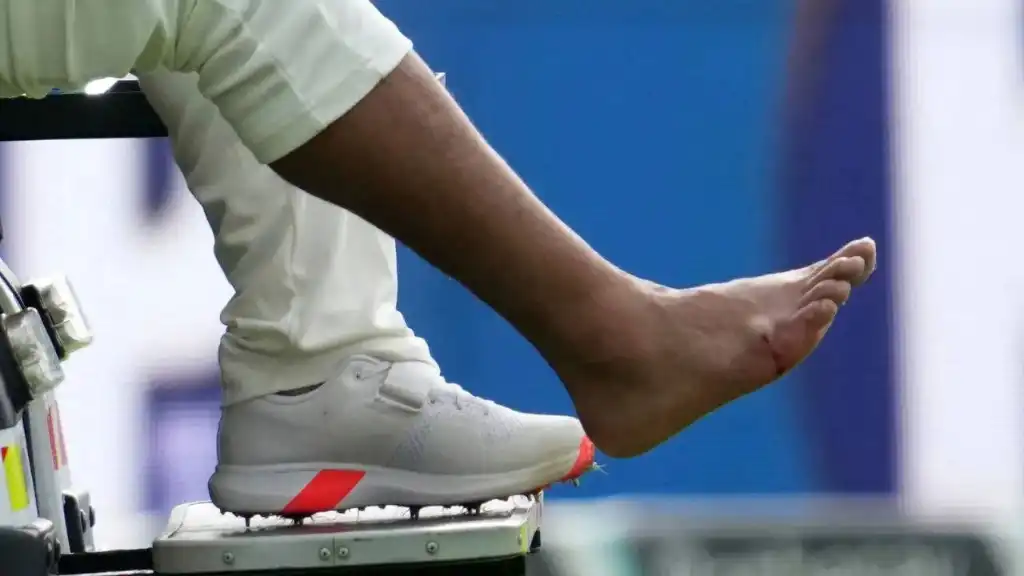On the first day of the fourth Test match against England, Rishabh Pant suffered a leg injury that resulted in a broken bone. This incident has now become an important lesson for world cricket. Currently, in international cricket, except for concussion cases, replacements are not allowed for injuries during a match. However, this could change in the future, as ICC had asked Test-playing nations to trial an “injury replacement rule” in their domestic first-class competitions shortly after Pant’s injury.
The Board of Control for Cricket in India (BCCI) was the first to introduce the trial in its domestic first-class matches. Now, Cricket Australia has also joined the list by implementing the rule in the Sheffield Shield. If more Test-playing nations trial the rule and it proves successful, the injury replacement regulation could eventually be introduced in Test cricket as well.
According to Cricket Australia, the trial will be applied during the first five rounds of the Sheffield Shield, and if it goes well, it may continue for the entire season. Under this rule, if a player gets injured during a match—whether on the field or off it—by the end of Day 2, the team can bring in a replacement from outside the original playing XI. Importantly, the replacement must be “like-for-like.” For example, if a spinner is injured, another spinner can replace him.
The main purpose of this regulation is to protect teams from being disadvantaged when a player gets injured. Without replacements, bowlers often need to bowl extra overs, which increases fatigue and the risk of further injuries. The replacement rule is expected to maintain balance in such situations. However, strict measures have been put in place to prevent misuse. The match referee will verify the legitimacy of the injury, and restrictions can be applied to the replacement player’s role.
For instance, if a batsman is injured and replaced by another batsman, the new player will not be allowed to bowl. Additionally, the injured player must stay out of cricket for 12 days, ruling him out of any matches during that period. Another interesting point is that if one team uses an injury replacement, the opposition will also be allowed to make one replacement, ensuring no unfair advantage.
This rule is different from the concussion replacement rule, which already exists and can be applied at any time during a match. In the case of the new trial, replacements are only permitted for injuries reported by the end of the second day’s play.



